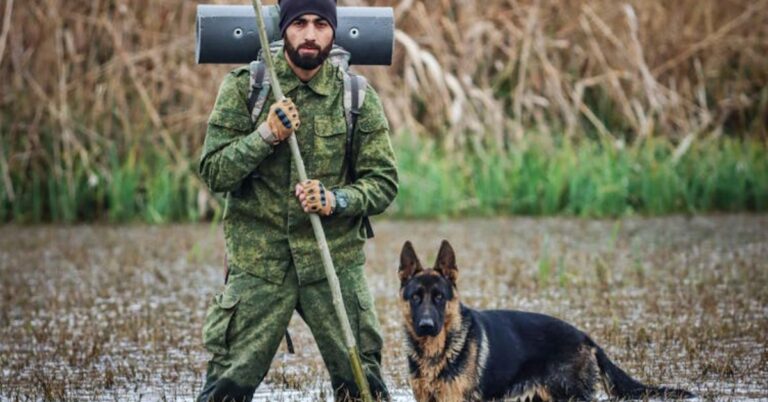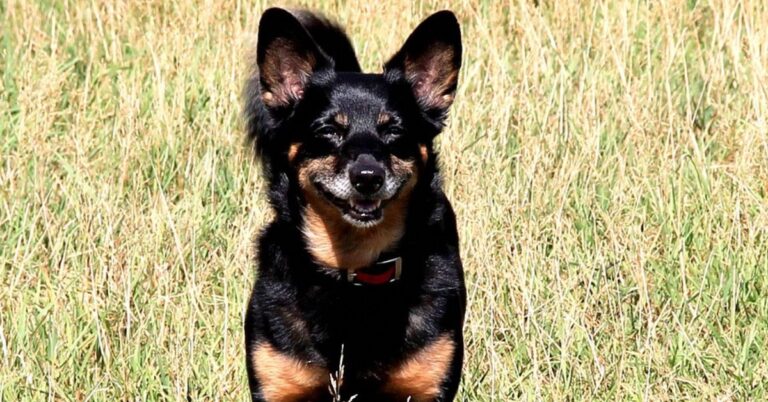15 Signs Your Dog Doesn’t Trust You
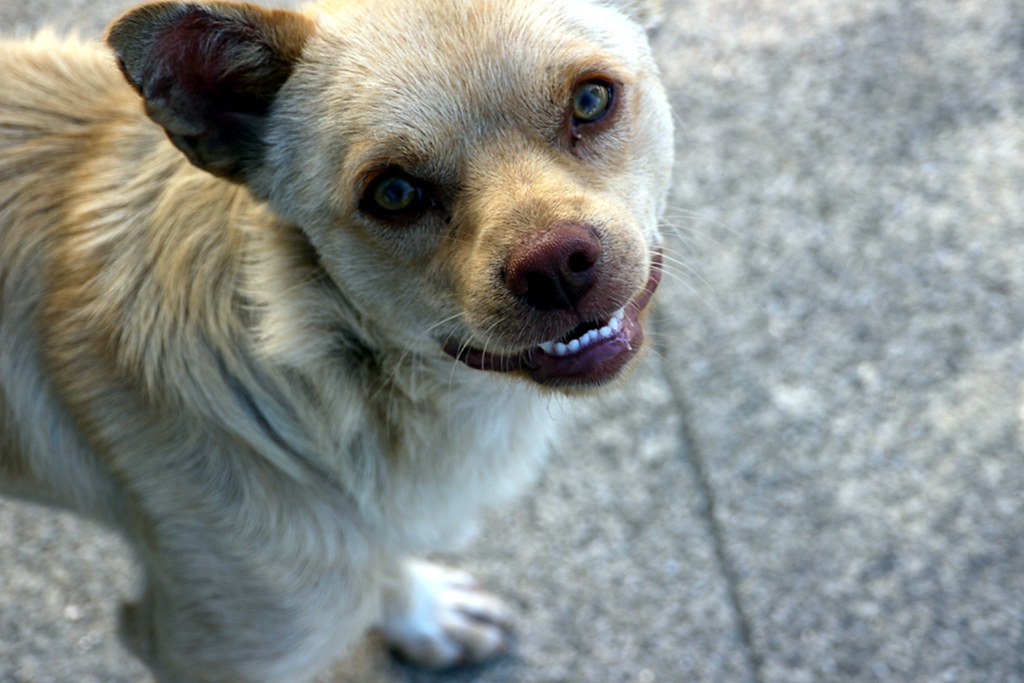
Building trust with a dog takes time, patience, and understanding. Some dogs can feel insecure or anxious due to past experiences or a lack of connection with their owner. Here are 15 detailed signs that your dog may not fully trust you.
Avoids Eye Contact
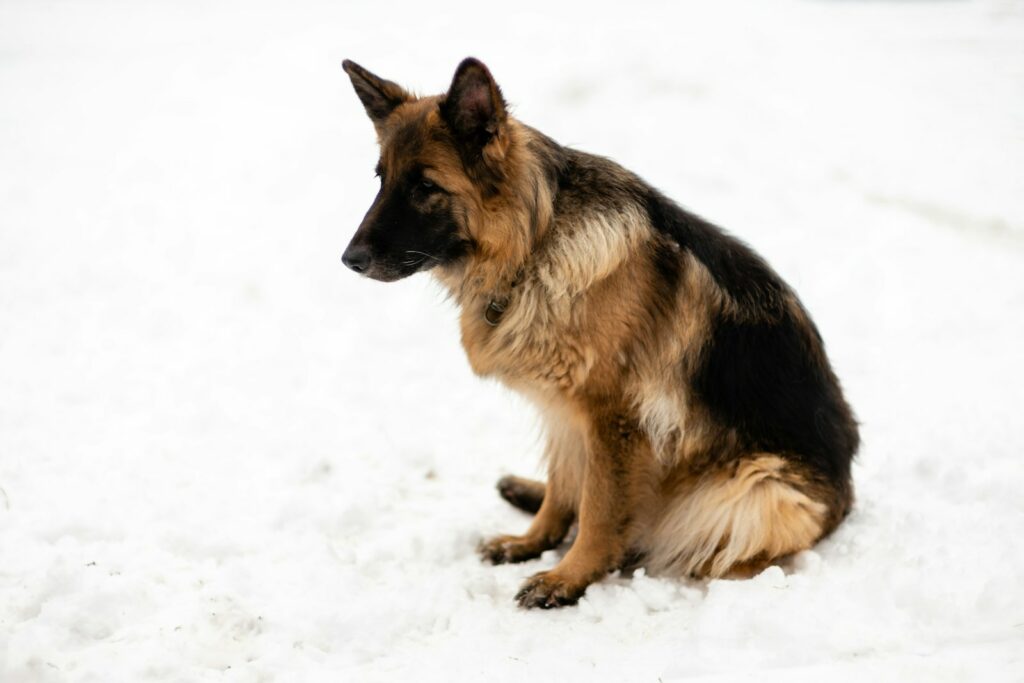
Eye contact is a significant form of communication between dogs and humans. If your dog often avoids making eye contact with you, it can be a sign that they feel uncomfortable or unsure. Trust-building includes moments of shared connection, and dogs who trust their owners often engage in brief moments of direct eye contact. However, dogs that avoid your gaze may be fearful or nervous, signaling they are not yet confident in their relationship with you.
Hides from You

A dog that frequently hides when you enter the room or approach them is likely feeling scared or anxious. This behavior might be a result of past negative experiences, such as abuse or harsh treatment, which has made them fearful of people. When a dog hides, it’s their way of looking for safety and avoiding interaction that they perceive as potentially threatening.
Refuses to Take Treats or Food from You

A dog that refuses treats or food, especially when offered by hand, may not feel safe enough to engage closely with you. Eating is a vulnerable activity for dogs, and a dog that doesn’t trust you may feel too anxious to eat in your presence. Insecure or fearful dogs are more likely to reject food when they’re on edge.
Growls or Snaps
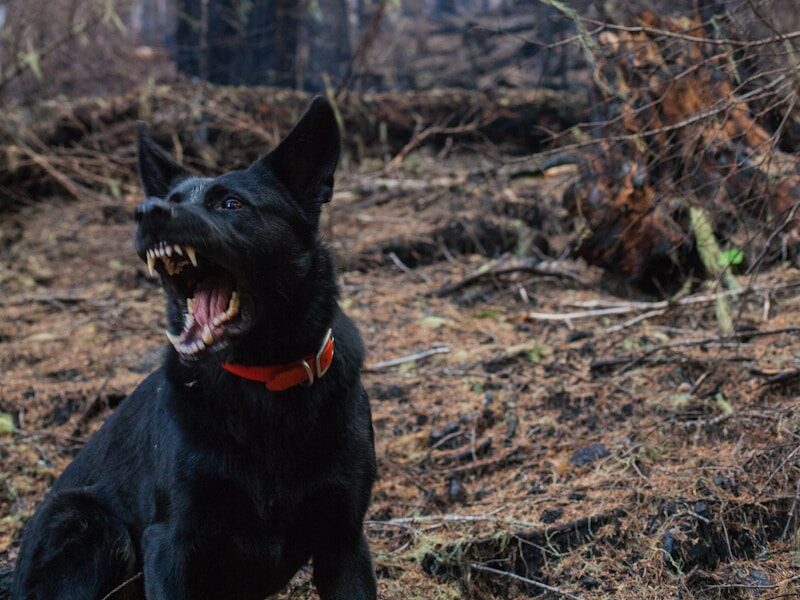
Growling and snapping are clear signals that your dog feels threatened or uncomfortable. These behaviors are often rooted in fear or distrust, especially if they occur frequently. A dog that growls or snaps isn’t being “bad”—they are communicating that they feel unsafe and are trying to defend themselves. If your dog reacts this way, don’t punish thembut instead try to understand what’s making them feel vulnerable.
Keeps Their Distance

If your dog prefers to stay across the room or avoid being near you, it’s a sign they don’t feel fully secure in your presence.This physical distance indicates emotional distance as well, as a dog that trusts you will typically seek out your company or at least feel comfortable being close. Dogs that keep their distance may have experienced trauma or a lack of positive socialization, making them cautious of human interactions.
Tense Body Language

A dog’s body language tells you a lot about how they’re feeling. A dog that doesn’t trust you will often display signs of tension, such as a stiff body, tail held low or tucked, and ears pinned back. These physical signs indicate anxiety or fear. Dogs who feel secure and trust their owners will exhibit more relaxed postures, with a wagging tail, relaxed ears, and loose muscles. A tense body indicates that the dog is on high alert and does not feel safe enough to relax around you.
Flinching When You Reach Out

If your dog flinches or recoils when you reach out to pet them, it’s a sign that they are unsure of your intentions and may expect something unpleasant. This could be due to previous negative experiences with handling or simply because they don’t yet trust you. A dog that trusts its owner will usually lean into a pet or touch rather than shrink away.
Won’t Settle or Rest Near You
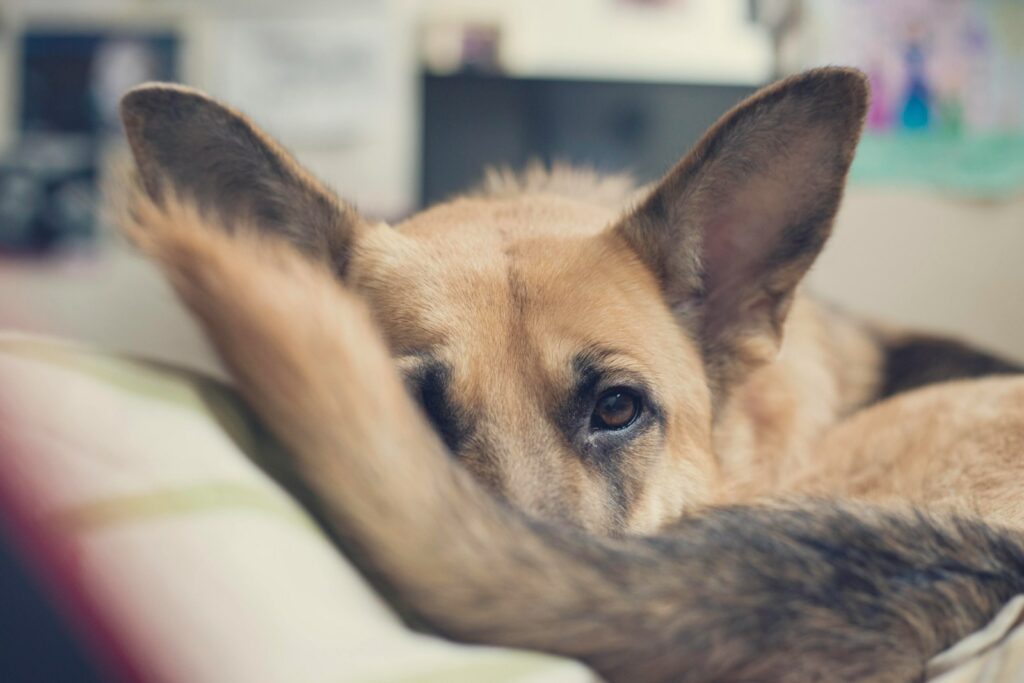
Dogs that don’t trust you will find it hard to relax in your presence. If your dog is constantly pacing, panting, or restless when you’re around, they’re likely experiencing anxiety. Trust allows dogs to feel secure enough to lie down, rest, or sleep near their owners. When a dog can’t settle, it indicates they are on edge and aren’t sure about their safety.
Excessive Barking or Whining
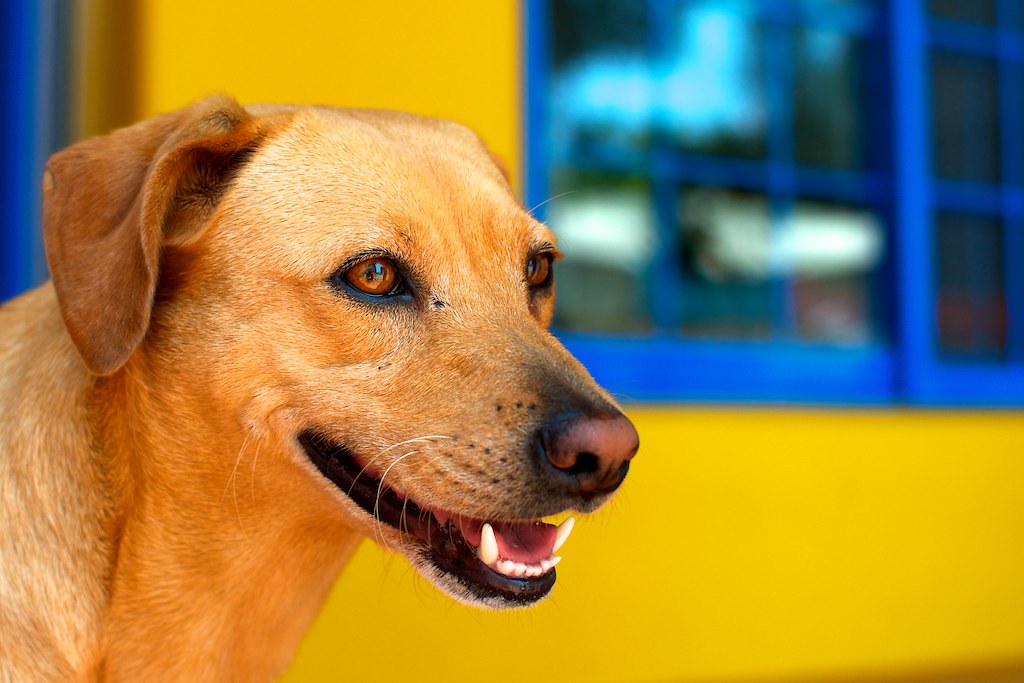
Barking or whining can sometimes be a sign of distress or discomfort. If your dog is particularly vocal around you but quiet around others, it may be a sign that they are anxious or insecure in your presence. This type of behavior could mean your dog doesn’t trust you. Addressing the underlying cause of their anxiety and working to create positive experiences can help reduce this excessive vocalization over time.
Doesn’t Follow Commands

A dog that ignores your commands may not trust you enough to see you as a leader or someone they want to obey. Trust and obedience go hand in hand—dogs that trust their owners are more likely to follow their lead. So, if your dog seems to disregard commands they know, it could be because they don’t feel secure or comfortable with you.
Avoids Physical Affection
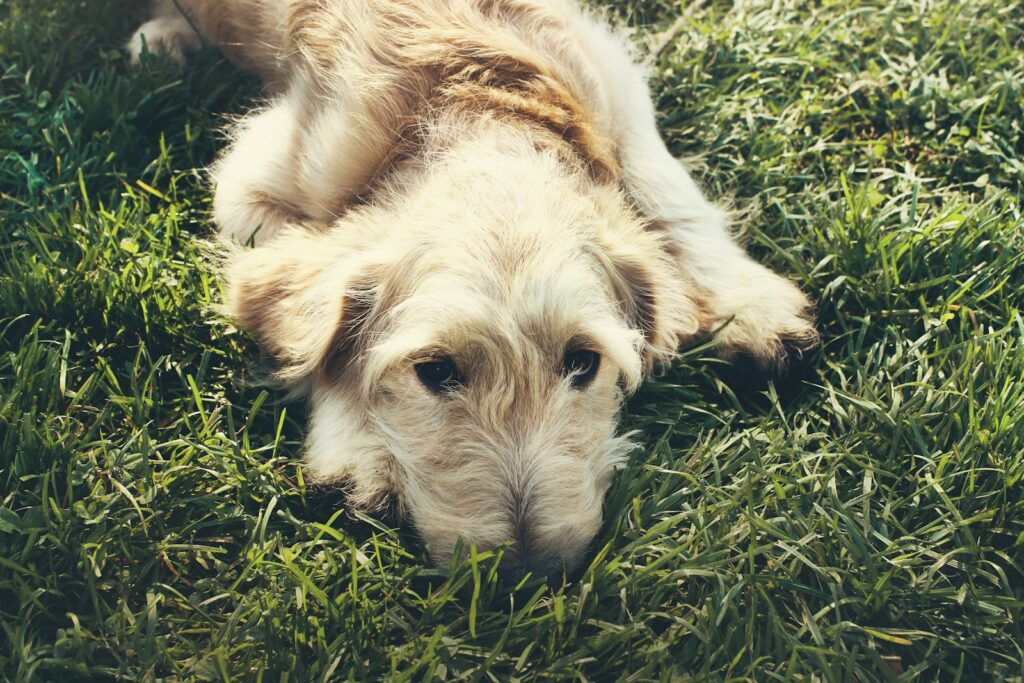
Some dogs naturally enjoy cuddles and petting, but if your dog avoids any form of physical affection, it could be a sign they don’t trust you. Dogs that trust their owners typically seek out pets, belly rubs, or physical closeness as a form of bonding. If your dog pulls away from touch or seems uncomfortable with affection, it might mean they aren’t confident in their relationship with you.
Paces or Acts Anxiously Around You

Pacing, panting, and restlessness are often signs of anxiety in dogs. If your dog exhibits these behaviors specifically when you’re around, it’s likely they are unsure about you and don’t fully trust your presence. Dogs that trust their owners are typically calm and relaxed, while those who are anxious may feel the need to stay alert or move around constantly.
Has Trouble Eating or Drinking in Your Presence

Dogs that feel insecure or anxious will often refuse to eat or drink when they’re uncomfortable. Eating is a vulnerable activity for dogs, and if they don’t trust you, they may not feel safe enough to do so. If your dog waits until you leave the room before eating or drinking, it could be a sign that they’re still unsure about you.
Runs Away When You Approach
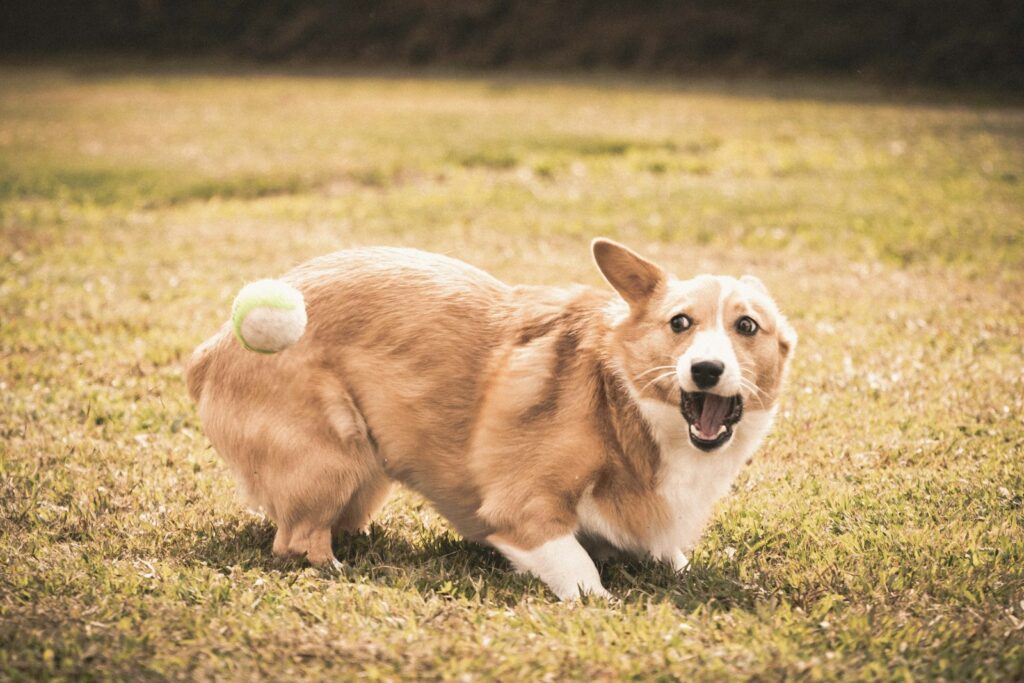
If your dog frequently runs away when you approach them, it’s a clear sign that they don’t feel safe or comfortable around you. This behavior is often driven by fear or uncertainty, and the dog’s instinct is to create distance between themselves and whatever they perceive as a potential threat. Try approaching slowly, offering treats, and allowing your dog to come to you on their own terms.
Bares Teeth or Shows Aggressive Signals
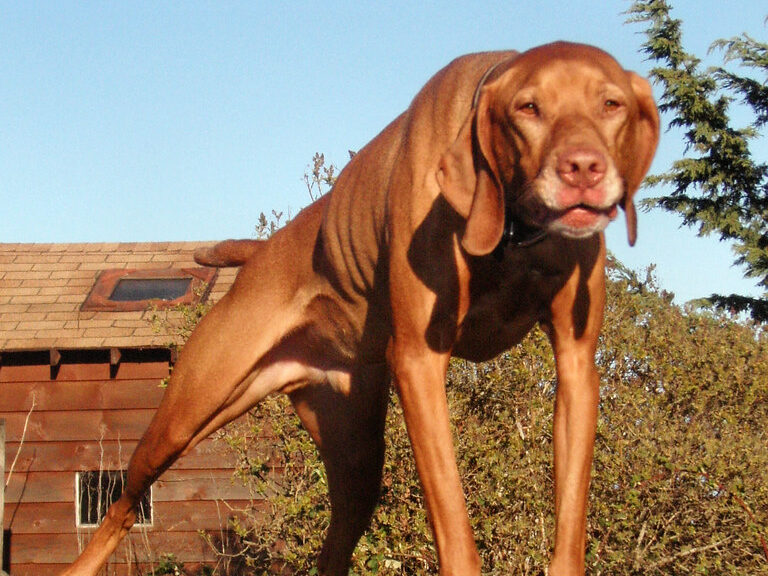
A dog that bares its teeth, raises its hackles, or shows other aggressive signals is clearly communicating that they feel threatened or defensive. These behaviors are a sign that the dog doesn’t trust you and feels the need to protect itself. Aggression often stems from fear or insecurity, so it’s crucial not to push or punish a dog that’s showing these signs. Instead, work with a professional trainer or behaviorist to help your dog feel more safe and reduce their need to respond aggressively.

